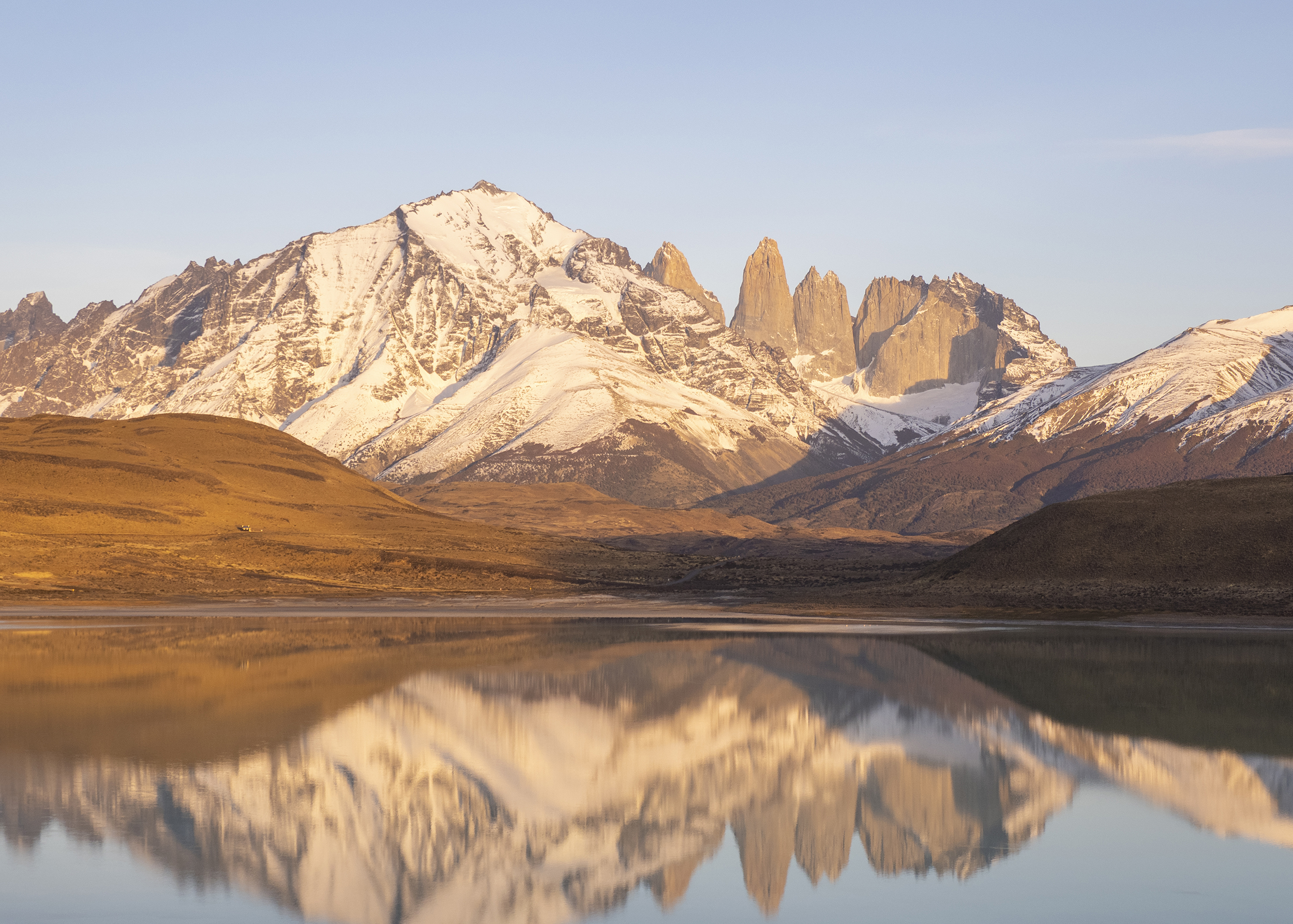
As the Chamamé music began on stage, supporting Mauricio Kusanovic of Las Torres Patagonia as he made his closing remarks at the Adventure Travel World Summit in Puerto Natales, Chile, I felt a sudden wave of emotion.
I told myself, “Lisa, keep it together, be professional”, but looking around the room, one filled with industry leaders, media, and tourism operators, everyone was up on their feet, smiling, hugging and dancing. The emotion was shared, the kind that’s created from an immersive experience we all knew had been so special. It was my first time attending a summit, and while my emotions caught me off guard, it’s clear that bringing together a like-minded group of delegates in this way fuels connections, growth, and empowers change in an industry known for its ability to create experiences and positively impact communities far and wide.
Two weeks prior, I had arrived in Chile expecting inspiration from the landscapes and nature. I’d visited the peaks of Torres del Paine National Park previously, and knew I was in for a treat when it came to exploring more of the country’s environmental diversity in Parque Futangue, for my pre-summit adventure. As someone who lingers on the introverted side of life, what I didn’t anticipate was how deeply I’d be moved by the people, those I met during meetings at the summit, hosts and welcoming operators across the Los Rios region and Chilean Patagonia, and fellow delegates I had the pleasure of travelling with from Jordan, the UK, Germany, Italy, Canada, and beyond.
The Adventure Travel World Summit (ATWS) wasn’t just an industry event; it was a gathering of travellers from all corners of the world, a reminder that travel is most powerful when it’s rooted in community.
During the trip, I was scribbling down notes when a thought popped into my mind and wanted to piece them together here to discuss the concept of community and its importance across creative pursuits, professional endeavours, and in forging sustainable tourism practices.
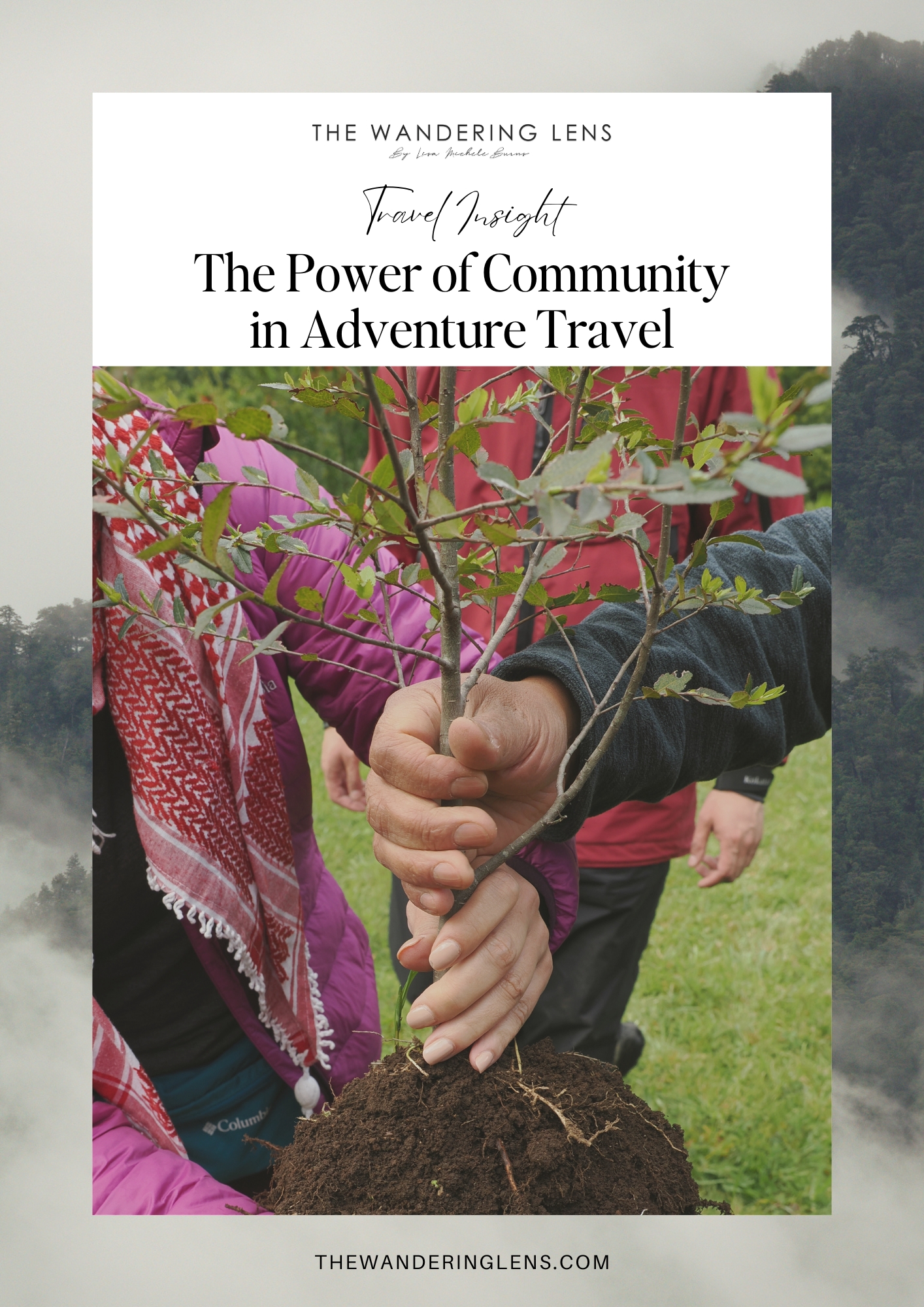
The Power of Collaboration
Behind every conservation initiative, new itinerary, or sustainable business is a network of people working together with shared purpose, to protect the places we love and create experiences that inspire others to do the same. Events like the Adventure Travel World Summit bring this spirit to life, gathering guides, operators, storytellers, and conservationists who see collaboration not as a choice, but as essential to progress.
In Puerto Natales, the atmosphere was electric. Conversations flowed from rewilding projects to community-based tourism and the role of storytelling in responsible travel. Each discussion, whether between large organisations or small local operators, reflected a sense of collective ambition, a belief that the industry can be both innovative and deeply respectful of the people and environments it depends on.
According to the Adventure Travel Trade Association (ATTA), the adventure tourism sector is powered largely by small businesses in rural and wilderness regions, each playing a vital role in their local economies. For every $100,000 USD in tourism revenue, adventure tourism generates 2.6 local jobs, compared to 1.5 in mass tourism, highlighting that sustainability isn’t an added value; it’s part of the industry’s DNA, balancing economic growth with environmental stewardship and cultural respect.
The ATTA’s 2025 Adventure Travel Trends & Insights Report also painted a clear picture of an industry moving forward together. Seventy-three per cent of tour operators reported revenue growth from 2023, and 66% expect higher profits in 2025, much of it driven by new customers, innovation, and collaboration. Perhaps most telling, 76% of traveller spending, around $2,280 USD on an eight-night itinerary, stays within local economies. Each percentage point in that statistic represents a network of guides, artisans, and small businesses benefiting directly from meaningful travel.


Travellers too are adjusting their adventures, with cooler, climate-conscious destinations such as North-East Asia, Scandinavia, the Mediterranean, and Antarctica are trending, while motivations like getting off the beaten path and travelling like a local remain central. For many, it’s no longer about ticking off locations or standing at a viewpoint amongst a crowd of tourists, but about connecting with place, experiencing destinations through the people who call them home and having more immersive adventures.
From a creative perspective, this shift mirrors what we strive to capture through photography and storytelling: authenticity, connection, and purpose. Reaffirming that the adventure travel community is more than an industry, it’s a movement built on collaboration and shared responsibility. When those values guide our work, every story, photograph, and project contributes to a collective impact far greater than the sum of its parts.
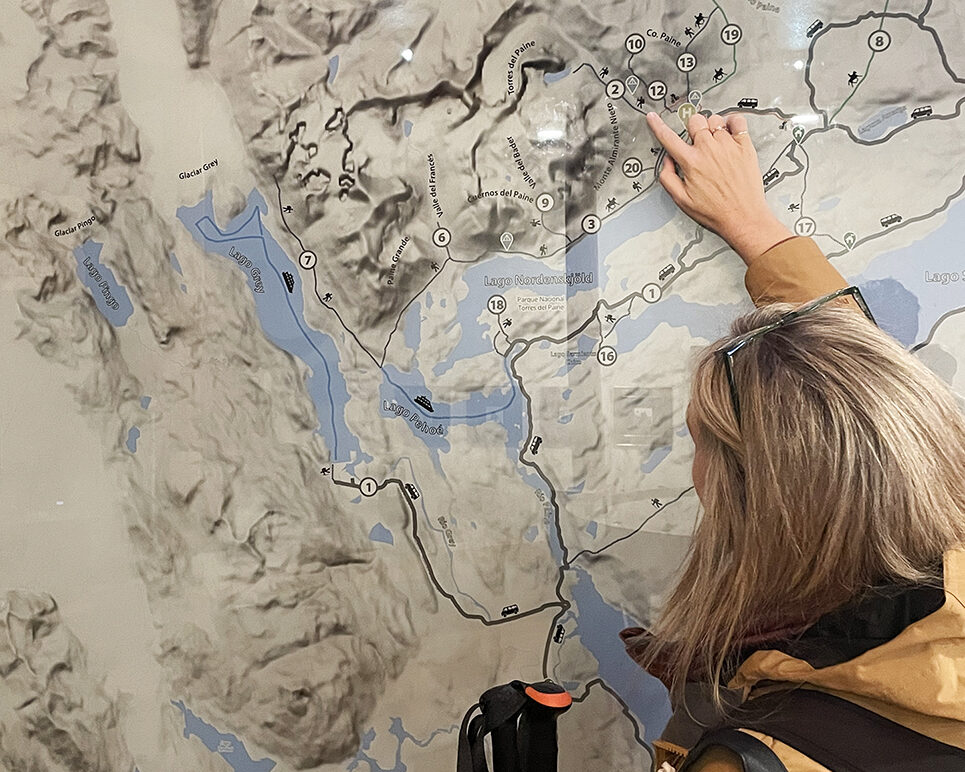

Community, Culture, and Conservation
Community-led tourism in Chile rests on strong foundations of collaboration, connection, and respect for place. Across the country, projects of varying scale demonstrate how travel can sustain both the environment and the people who care for it, blending conservation with cultural identity and local enterprise.
In Patagonia, the connection between nature and community is embodied by La Ruta de los Parques de la Patagonia, a 2,800-kilometre route linking 17 national parks and protecting more than 28 million acres of wilderness. Envisioned by Tompkins Conservation Chile, founded by the late Douglas Tompkins and his wife Kristine Tompkins, and launched publicly at the 2015 Adventure Travel World Summit in Chile’s Lakes District, the initiative proposed a development strategy for Chilean Patagonia built around conservation.
Today, the Route connects over 60 communities from Puerto Montt to Cape Horn, strengthening local economies through conservation-based tourism and environmental education. Beyond its economic and cultural reach, the initiative safeguards critical wildlife corridors, providing refuge for species such as the huemul deer, puma, Andean condor, and Darwin’s rhea. By linking protected areas across the length of Patagonia, La Ruta de los Parques ensures that both biodiversity and local livelihoods can flourish side by side, illustrating how conservation, community, and tourism can coexist in balance.
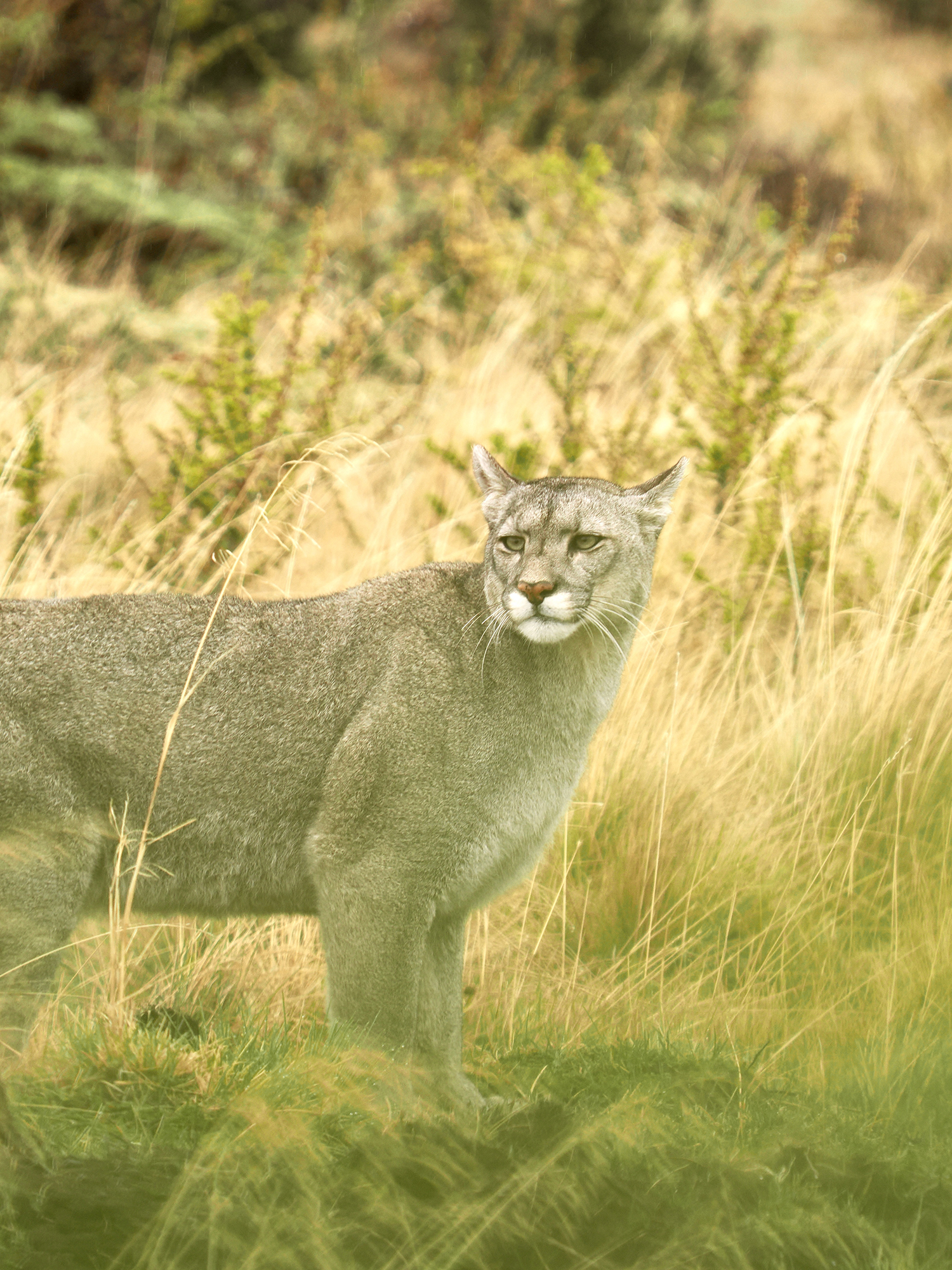
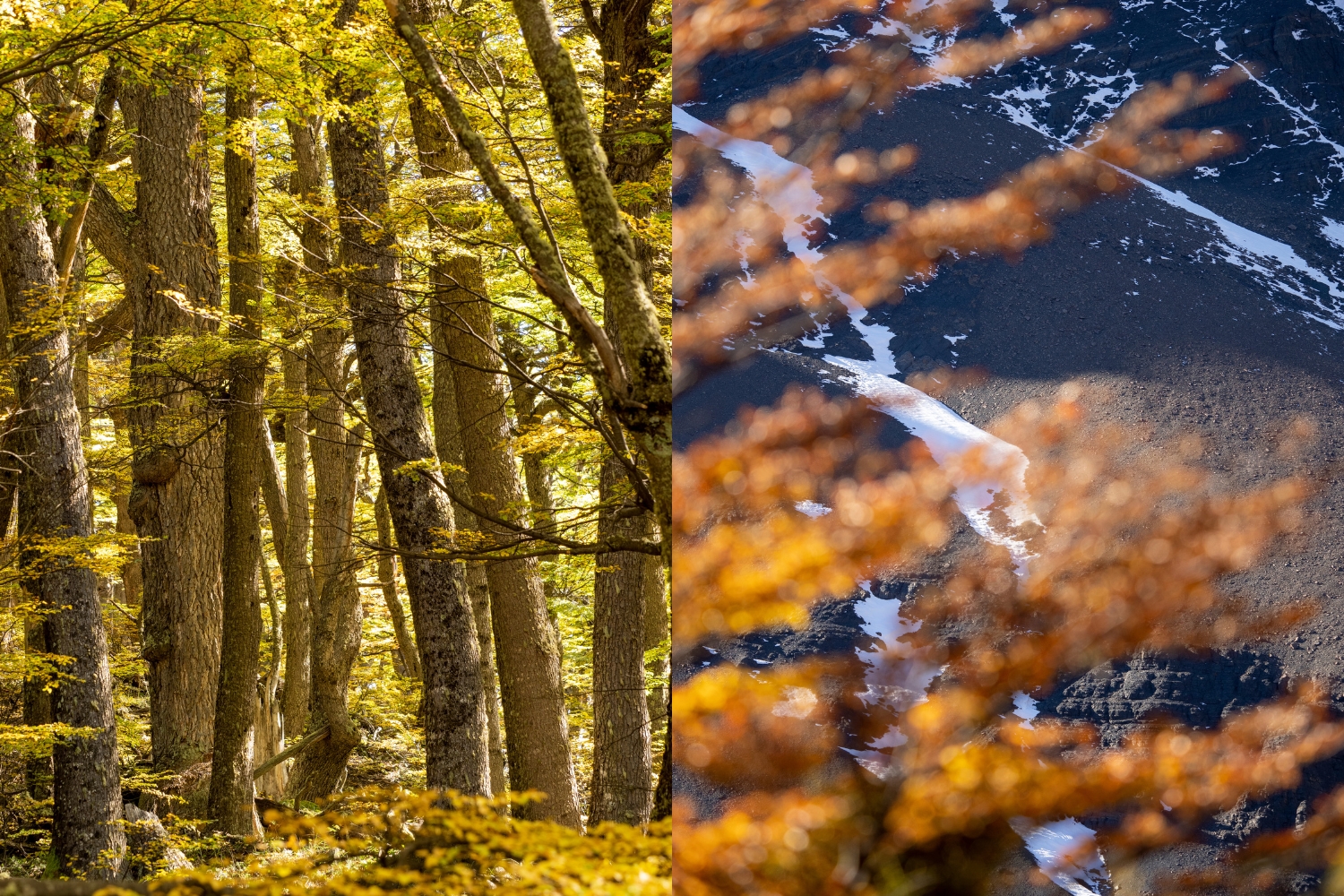
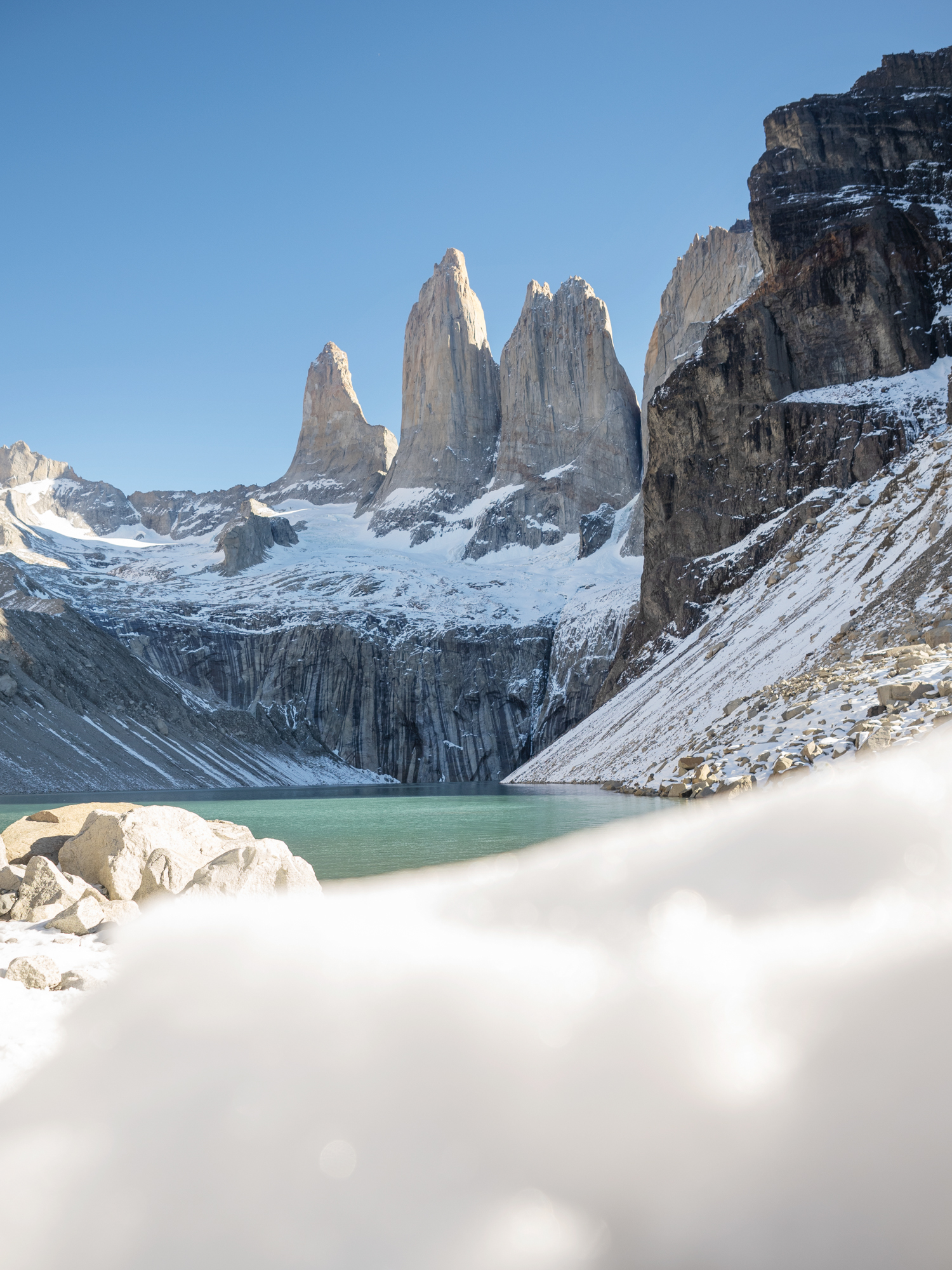
In Chile’s Los Ríos Region, the same principles take shape through smaller community projects that intertwine culture and nature. Parque Futangue offers a Cultural Excursion for guests visiting local artisans and family-owned businesses. At Karülafken, a Mapuche-led experience near Lago Ranco, visitors are invited to see the landscape as a living entity. Standing beside the lake, surrounded by temperate rainforest, our host Cristian shared the Mapuche belief that every element of nature, from water and wind to mountains and trees, holds its own spirit. The outdoor portion of the experience concludes not with an activity, but with a pause: arms wrapped around a Canelo tree, sacred in Mapuche culture, while the calls of the Rayadito birds echo through the forest canopy.


Nearby, in the community of Maqueo, Gladys Lefin Huenulef and Claudia Manquepillán Lefin are transforming local ingredients into sustainable products through Maqueo Sabores Étnicos. Their range of café de maqui, jams, and herbal infusions is created using native forest fruits harvested by local women. What began as family-scale production has grown into a professional enterprise with a small café and tasting space near Lago Maihue, where travellers can sample the flavours of the forest and learn how the business supports environmental stewardship and cultural preservation.

Together, initiatives like La Ruta de los Parques, Karülafken, and Maqueo Sabores Étnicos demonstrate the power of collaboration between conservation and community. Each operates at a different scale, yet all share the same intent: to ensure that travel in Chile celebrates the land, honours its people, and contributes to a future where nature and culture thrive side by side.
Creativity and Connection
As a photographer, creativity often begins in solitude. I need quiet moments to explore, to wander with my camera, to wait for the light, or simply watch how a landscape shifts and breathes. Those moments alone are where I notice details, where ideas form and stories begin. Yet creativity doesn’t exist in isolation. While the quiet focus of solo work fuels my process, I have learned that motivation often comes through connection, through conversations with fellow photographers, discussions about destinations, and the shared excitement of planning future journeys. Even a simple chat about gear or a dream location can spark an idea that shapes an entire project.
Finding that balance between quiet observation and creative exchange led me to start The Travel Photography Club in 2024. I wanted to create a space where photographers could share the same sense of curiosity and wonder that fuels my own work, a place to learn, connect, and grow together online and in-person on tours and photo walks, through the act of exploring the world with intention. What began as a small idea has evolved into a creative community spanning more than 20 countries that continues to surprise and inspire me. The club now publishes a monthly magazine dedicated to the art and experiences of photographing the world, hosts a library of eBooks and resources, and connects photographers across continents who encourage one another to grow and explore. Seeing members share their progress, update the community on their travel plans, and celebrate each other’s successes is proof that community can be a catalyst for artistic growth and confidence behind the camera.
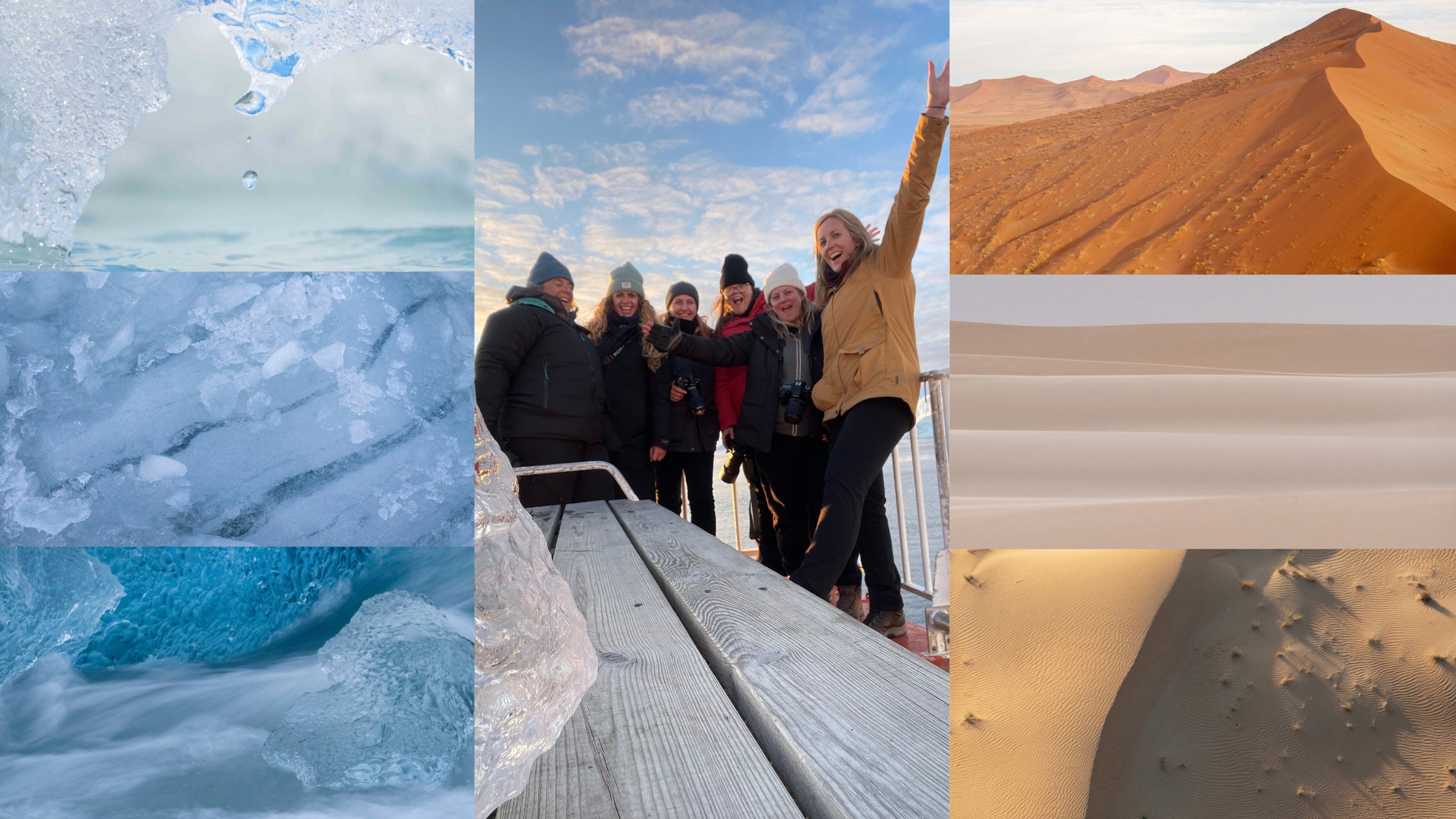

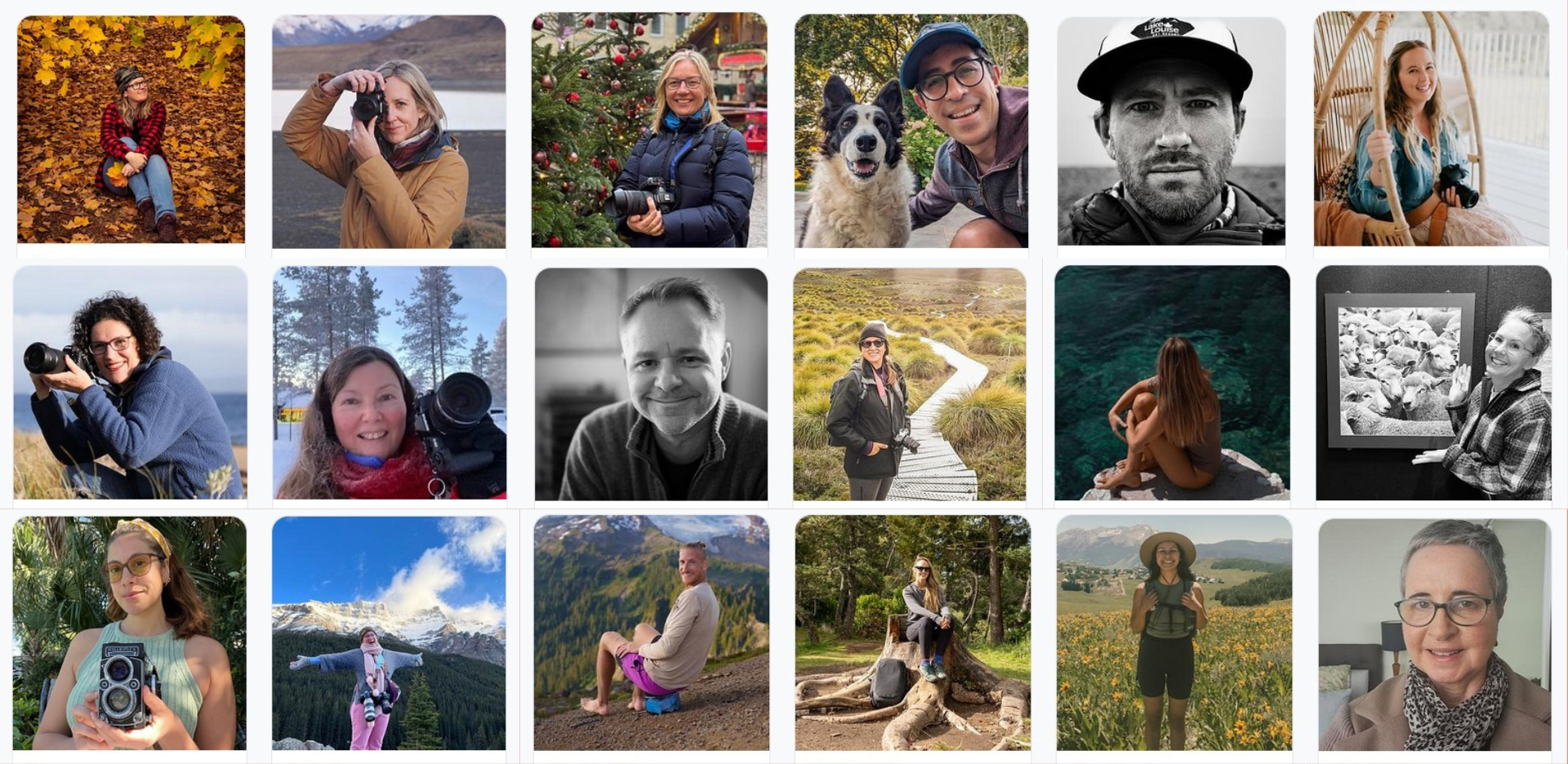
Over the years, I have also been lucky to connect with readers of The Wandering Lens who write to share their own photography adventures and experiences. Their stories, from hiking trails in Iceland to photographing temples in Japan, always remind me how universal the creative journey is. Whether you travel with a group or head out solo, photography connects people in a way few other art forms can. It bridges language and distance, encouraging us to see the world not just through our own lens, but through the shared experiences of others.
During the ATTA event, I met so many passionate photographers, both professionals and those who document their travels alongside other roles in tourism. Chatting about gear (especially when OM SYSTEM users spot my camera!), lenses, and past trips, and seeing how others interpret a destination is all part of the joy of photography for me, not just the end result or final image. Visual storytelling has become such an integral part of the travel experience, from video and happy snaps to carefully composed shoots or fleeting, serendipitous moments. As I work through the folder of images I captured in Chile, I can’t help but look forward to the next adventure and the creative connections that await.


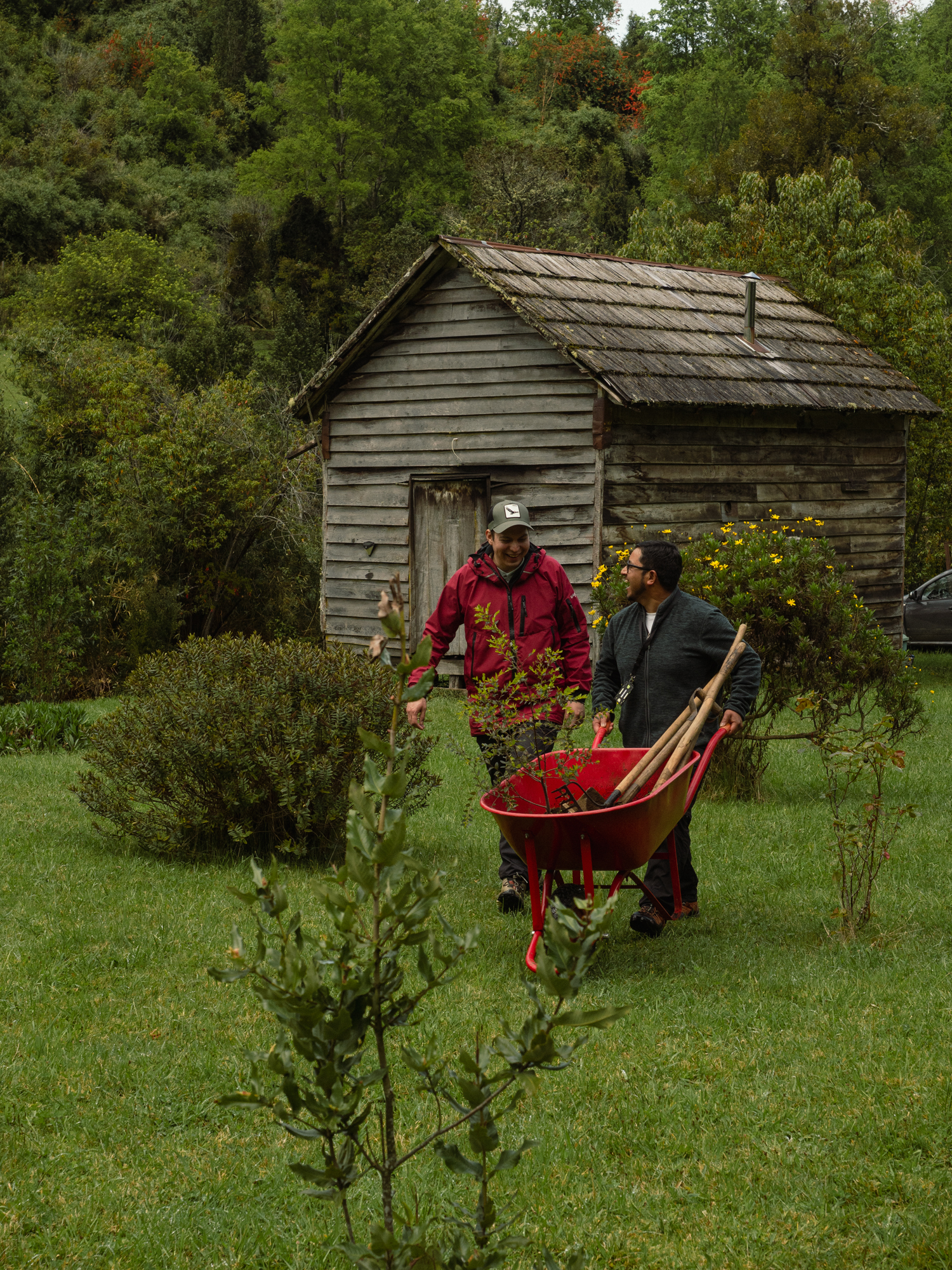

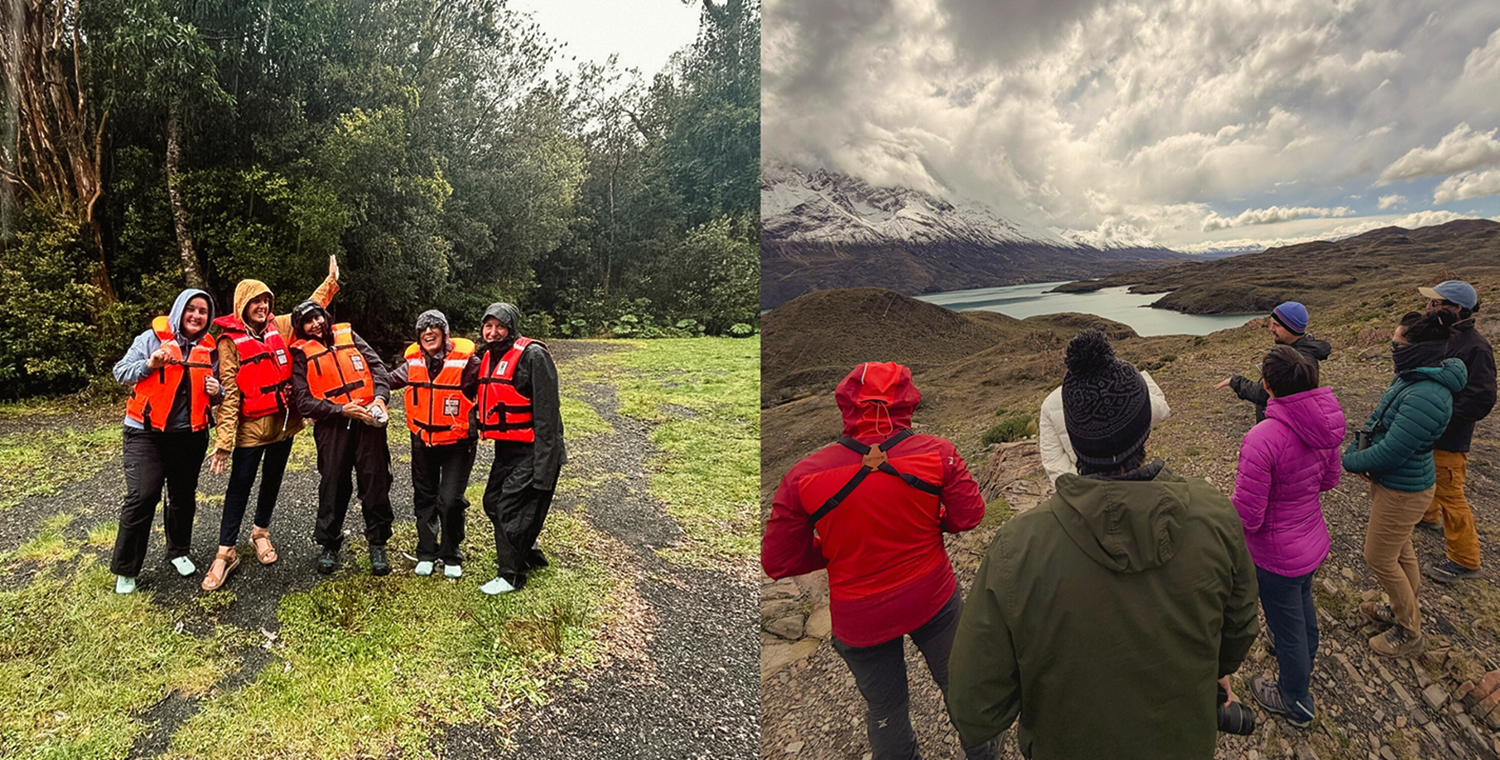

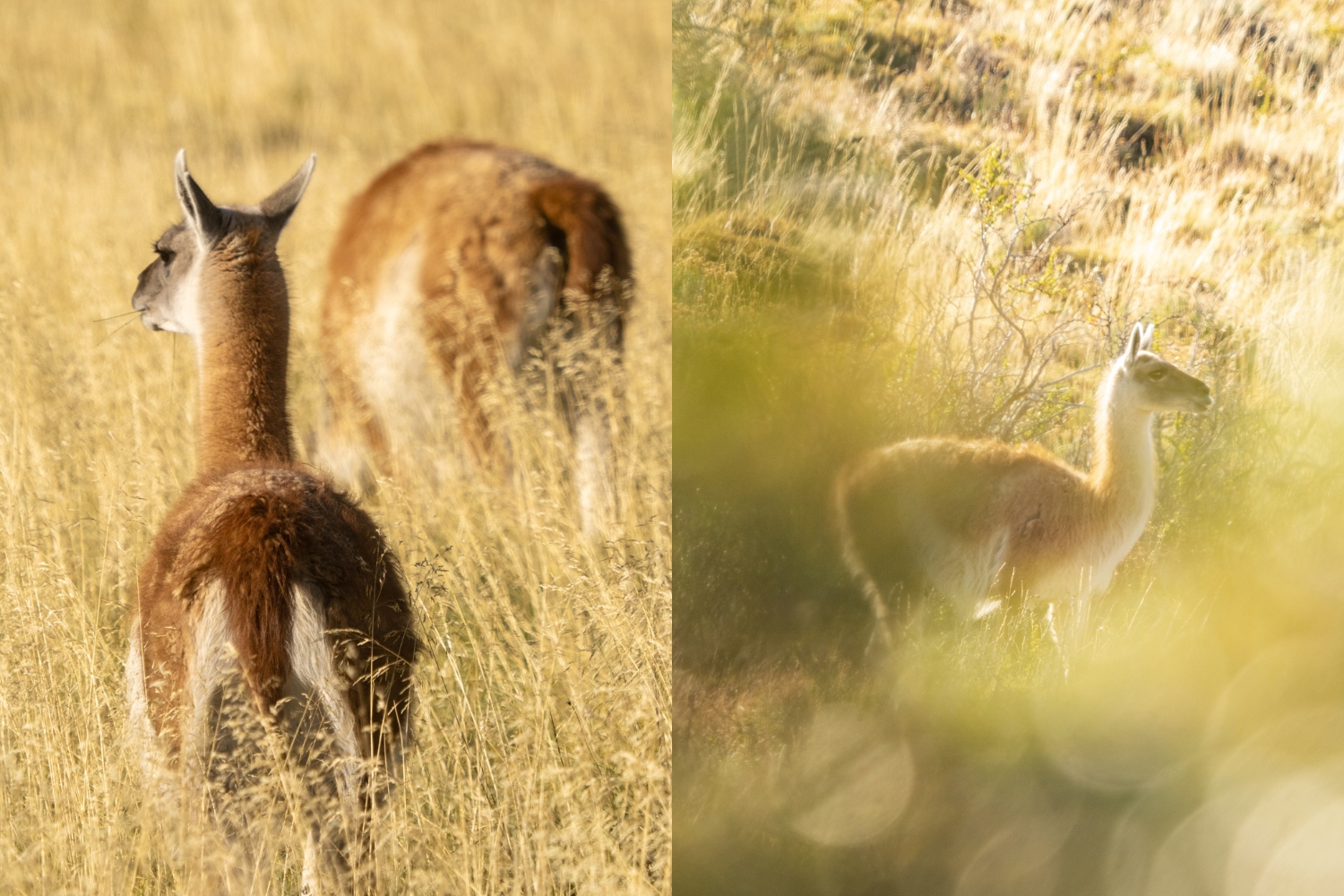
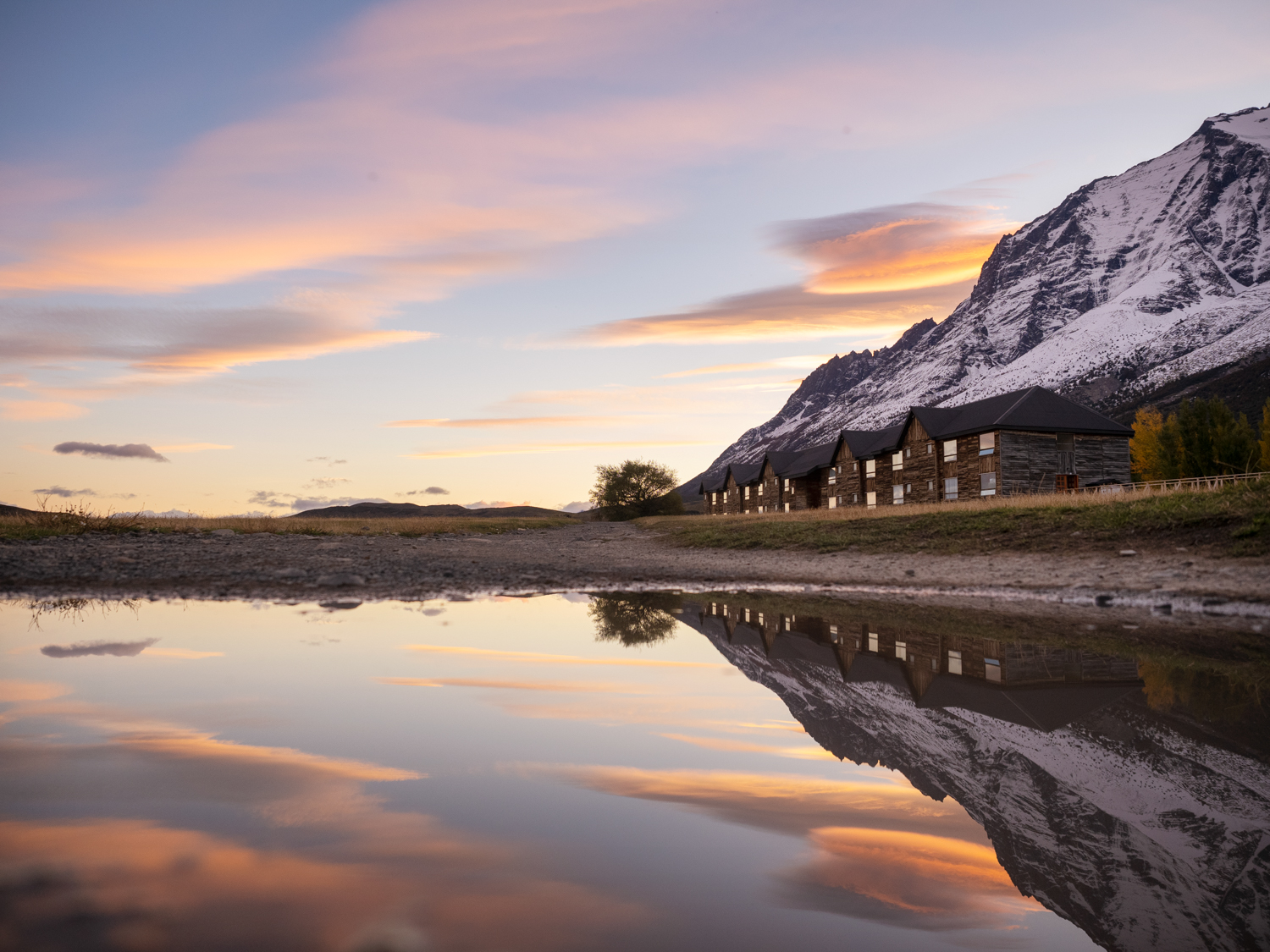
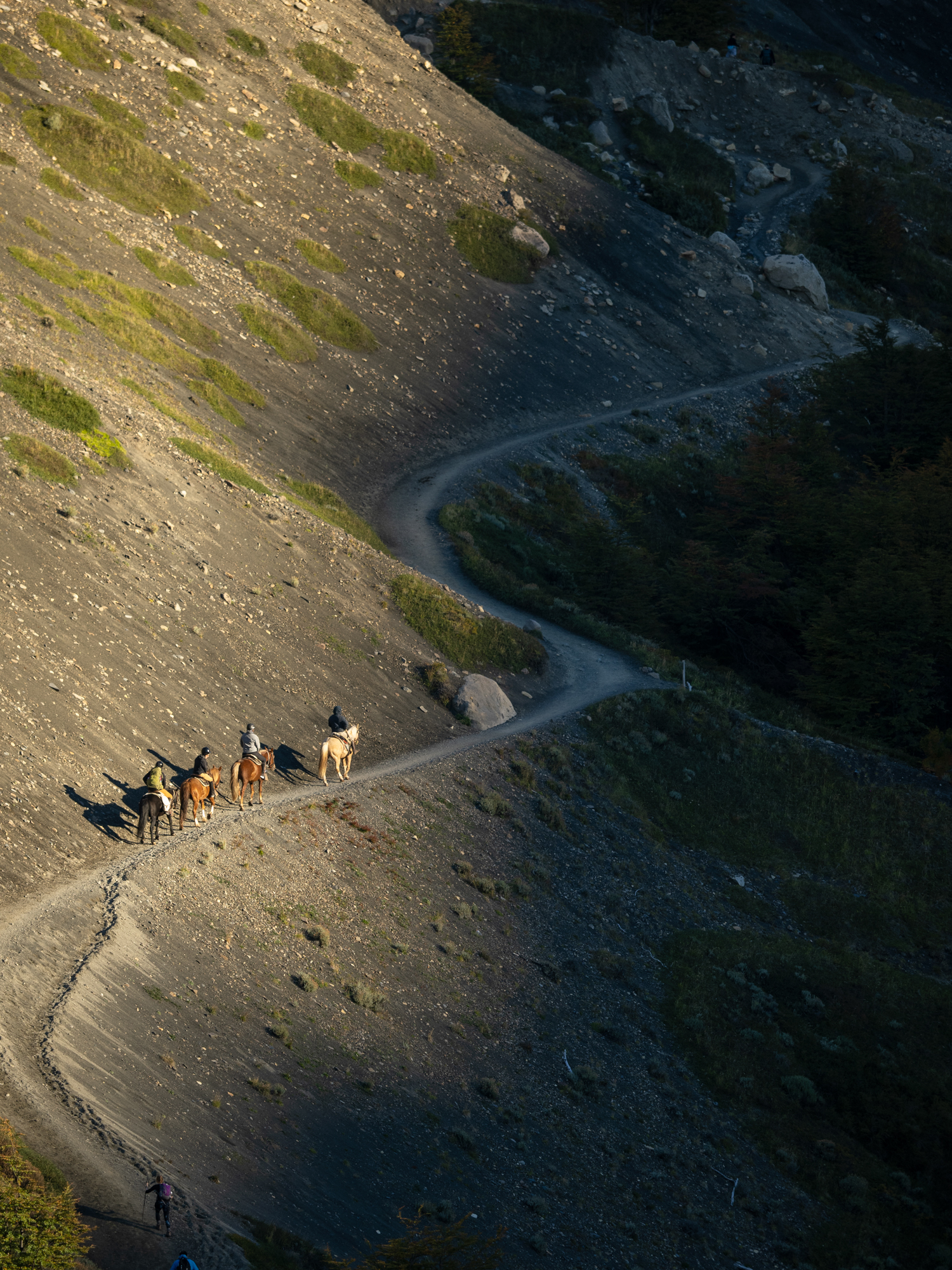

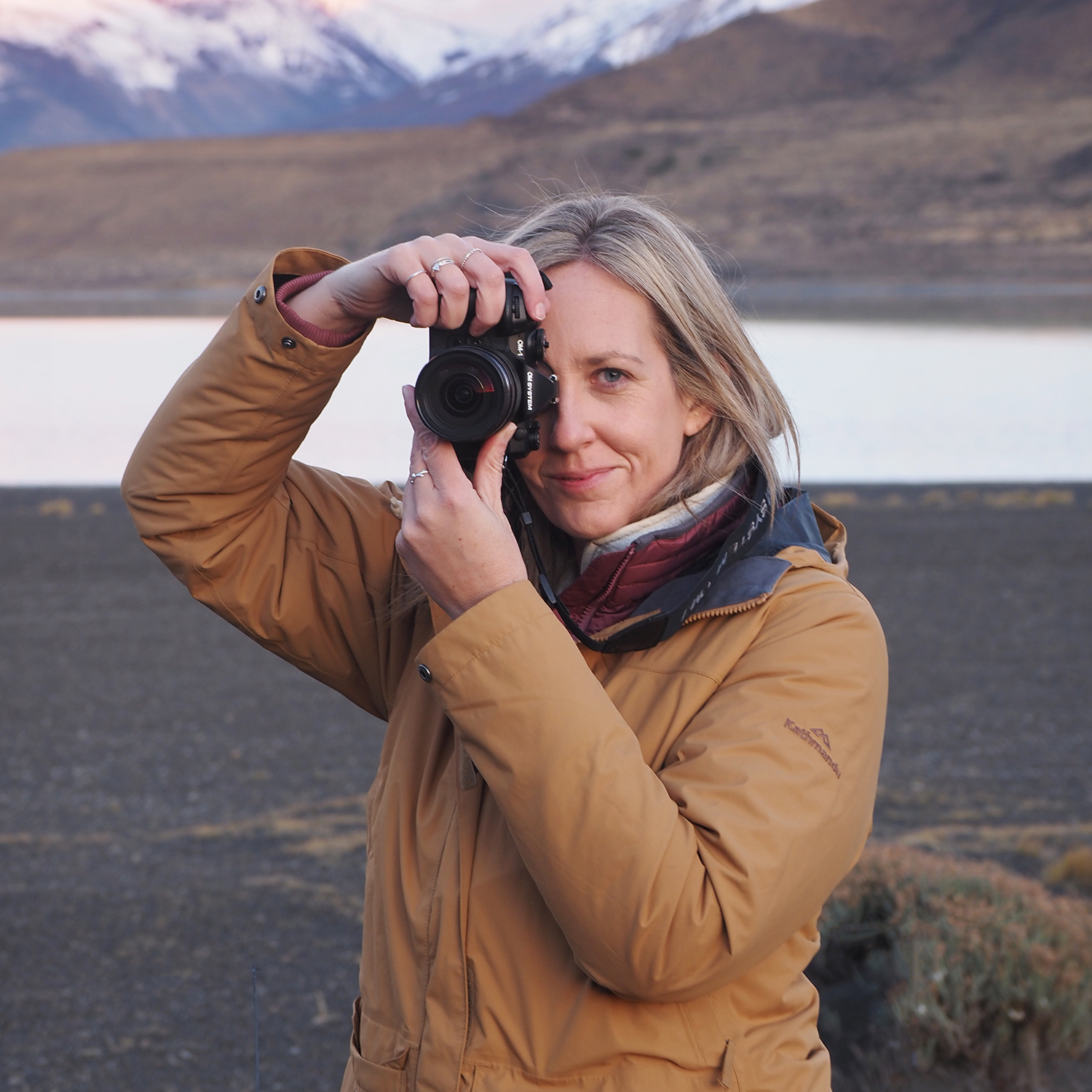
Hello! I’m the founder and photographer behind The Wandering Lens.
With 19+yrs experience as a professional travel and landscape photographer, all advice found on this site is from my personal experience, or that of contributors, on the road. I hope it’s useful for your own travels and would love to hear in the comments about your trips and experiences around the world.


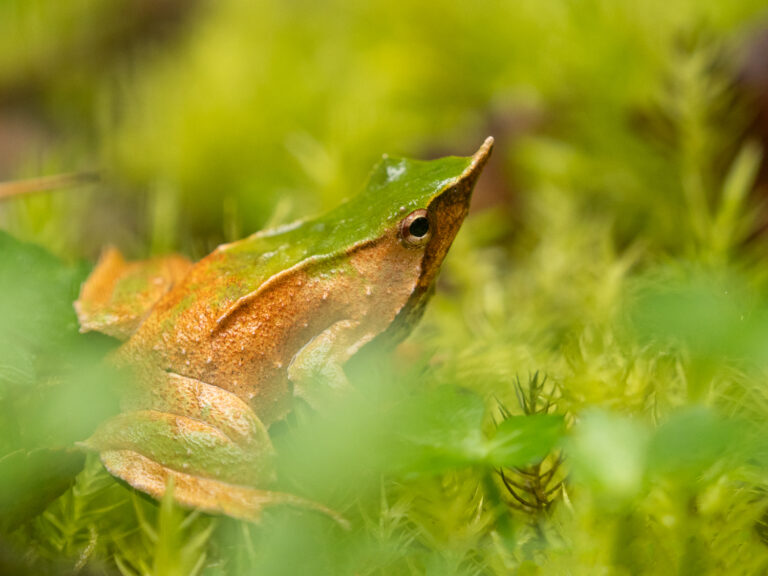

Leave a Comment